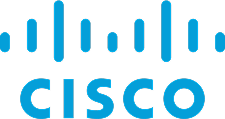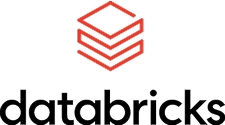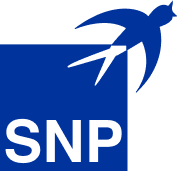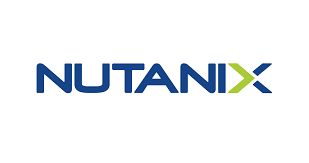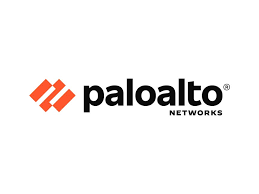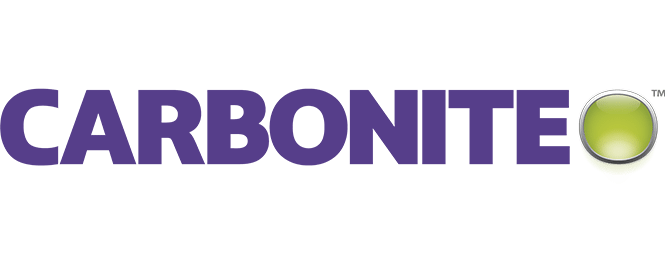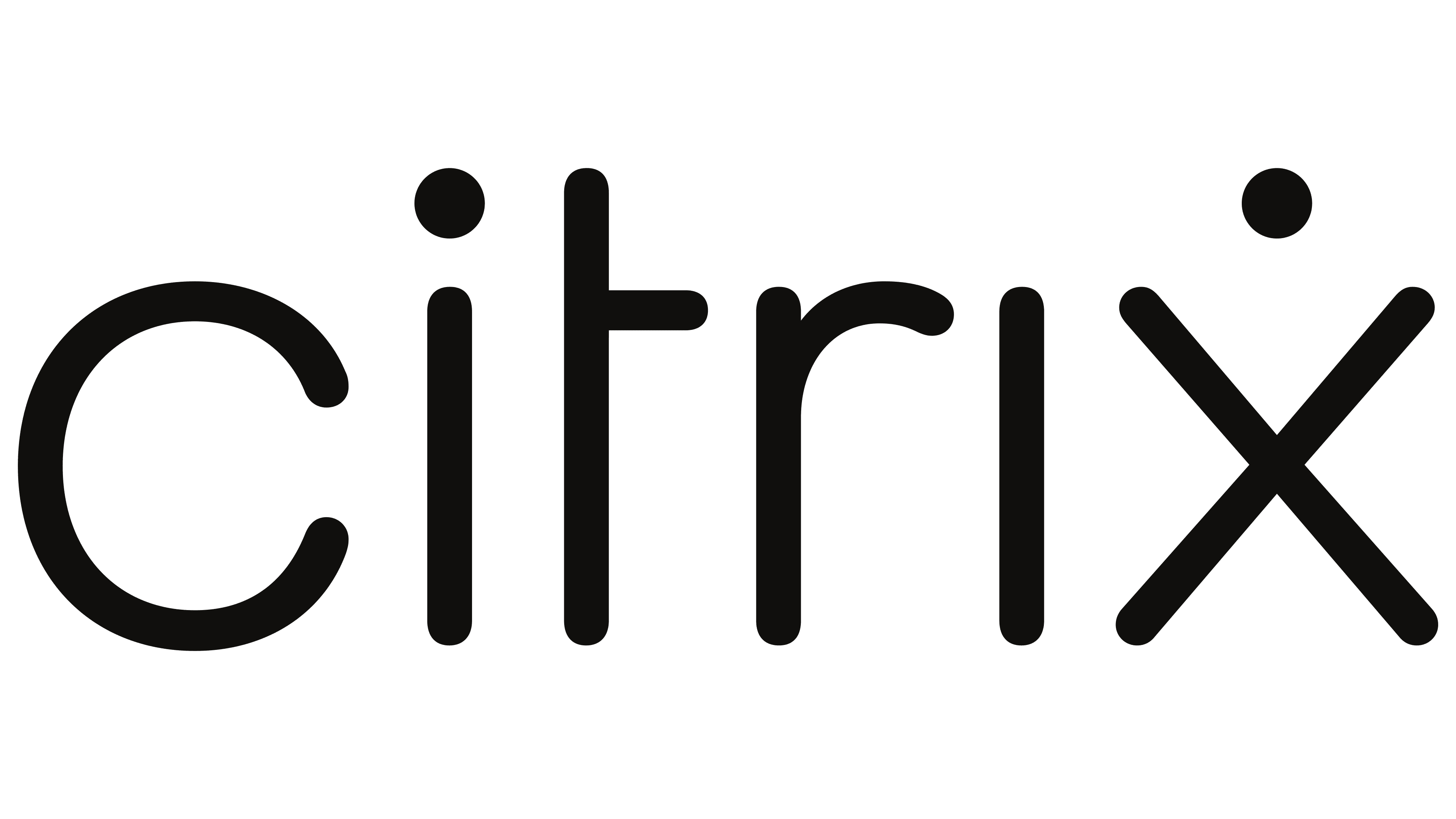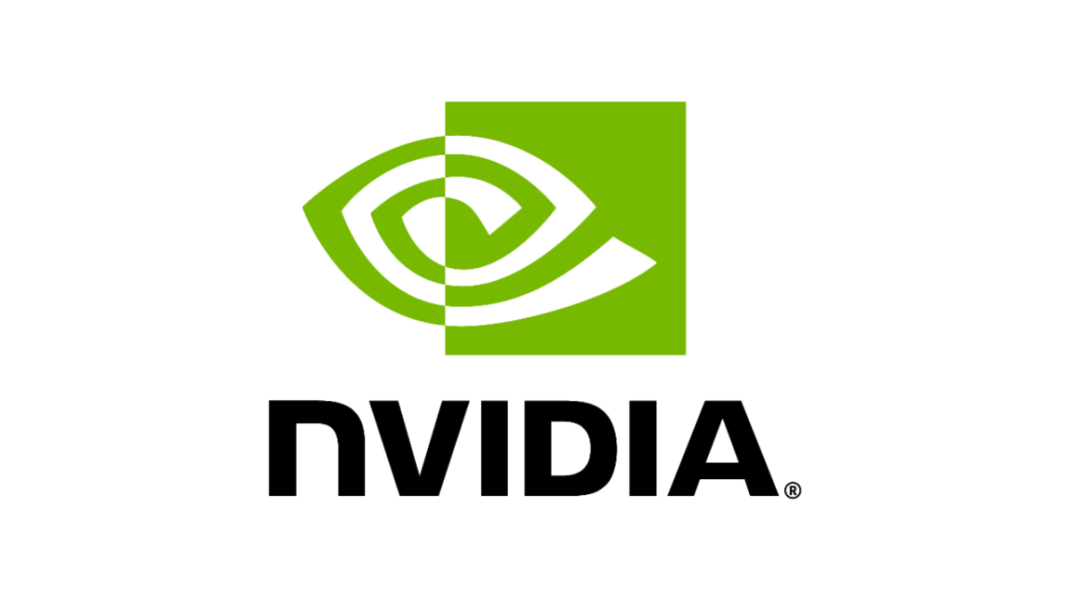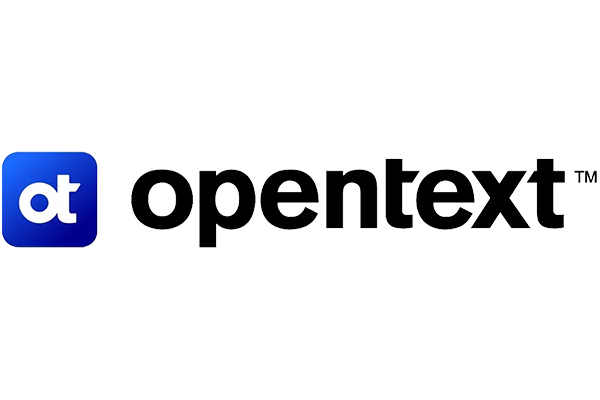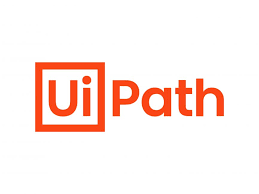
Smart Debt Management – The AI and Predictive Analytics Revolution in Banking
Key Pointers
- AI-Enhanced Debt Recovery – Leveraging AI and predictive analytics, banks can analyze vast datasets, predict borrower behavior, and optimize strategies, resulting in up to 94% resolution within 48 hours and significant improvements in recovery efficiency.
- Personalized Repayment Plans – AI enables banks to create tailored repayment schedules based on individual financial profiles, driving 90% resolution rates in field collections and fostering stronger customer relationships.
- Ethical and Efficient Innovation – Digitide’s hybrid debt collection model integrates AI with traditional methods, reducing third-party reliance by 24%, ensuring data security, and setting new industry standards in ethical, effective debt management.
Debt recovery is undergoing a radical transformation thanks to the power of Artificial Intelligence (AI) and predictive analytics. Banks are now leveraging these cutting-edge technologies to overhaul traditional approaches, unlocking faster, more efficient, and data-driven strategies. With AI’s ability to analyze vast datasets and predict borrower behavior, financial institutions are not only optimizing their debt recovery efforts but also improving customer experiences and fostering stronger relationships. Here’s a closer look at how these innovations are changing the game in debt management.
The Backbone of Smarter Debt Recovery
Banks operate in a data-heavy environment, where leveraging this data is key to achieving operational efficiency and improved outcomes in debt recovery. AI-powered platforms can sift through massive datasets—ranging from credit card transactions to repayment histories—to uncover hidden patterns and actionable insights. For example, by analyzing spending habits and cash flow, these platforms can predict potential financial difficulties, offering banks the chance to proactively intervene. When paired with external economic factors like interest rates, unemployment, and inflation, these insights empower banks to craft strategies that not only react but anticipate challenges.
Digitide DigiColleqt is a prime example of how big data is being harnessed to enhance debt collection. This unified digital platform integrates various channels—AI-driven chatbots, voice bots, WhatsApp, email, and SMS—into a seamless, personalized experience for borrowers. The platform’s ability to process large volumes of data, coupled with advanced Business Intelligence (BI) tools, allows banks to make more informed, data-driven decisions. By optimizing workflows and identifying opportunities for cost reduction, DigiColleqt is driving significant improvements in the debt collection process.
Personalized Repayment Plans – Customer-Centric Solutions
The era of one-size-fits-all repayment solutions is coming to an end. Today, AI enables banks to create personalized repayment plans that cater to the individual needs of each borrower. By analyzing factors such as income, spending habits, and existing financial commitments, AI systems can generate repayment schedules that are realistic, manageable, and conducive to better recovery outcomes. This approach not only improves recovery rates but also builds stronger relationships with borrowers by offering a more flexible, customer-centric experience.
Digitide hybrid debt collection model, powered by solutions like SmartSys, is a perfect example of this customer-focused approach. Specifically designed for field agents, SmartSys features real-time tracking, CRM integration, and robust data analytics. These capabilities ensure that agents have access to consistent, actionable information, building trust and improving engagement with borrowers. By addressing the unique needs of both customers and agents, SmartSys not only reduces operational costs but also drives improved collection outcomes.
Focusing Resources on High-Impact Cases
One of the persistent challenges in debt recovery is effectively allocating resources. Predictive analytics solves this by helping banks prioritize their efforts. AI platforms analyze borrower data to predict the likelihood of repayment, allowing financial institutions to focus on high-impact cases that are most likely to yield successful outcomes.
Take, for example, Digitide’s Tracer application, which addresses one of the most complex aspects of debt collection: locating and engaging hard-to-reach debtors. By leveraging advanced analytics and search mechanisms, Tracer empowers agents to quickly identify and recover debts from high-priority cases. This strategic focus on the most promising collections not only increases efficiency but also significantly reduces the cost per recovery.
Digitide Ethical Impact in Balancing Innovation with Integrity
The rise of AI in debt management brings with it important ethical considerations. As financial institutions harness the power of predictive analytics and AI, it’s essential that they maintain transparency in their decision-making processes and adhere to stringent data privacy standards. Borrowers must have confidence that their personal and financial information is being handled securely and ethically.
Digitide solutions embody this commitment to both innovation and integrity. The company’s hybrid debt collection model blends AI-driven automation with traditional collection methods, delivering remarkable results while maintaining the highest standards of transparency and data security. With advanced security protocols embedded in applications like SmartSys, Digitide ensures that borrower data remains protected, fostering trust and ensuring compliance with ethical standards.
Digitide model has delivered impressive outcomes, including:
- 94% resolution rate within 48 hours through tele-collection.
- 10% reduction in Feet-On-Street (FOS) intervention, significantly lowering costs.
- 90% resolution rate in field collections, driven by more efficient resource allocation.
- 24% expansion in debt recovery scope, showcasing the transformative potential of digital solutions.
This model not only reduces dependency on third-party vendors but also gives financial institutions greater control over the collection process. By integrating AI with traditional methods, Digitide’s approach is setting new benchmarks in the industry, proving that technological advancement can coexist with ethical responsibility.
Emerging Trends and Technologies
As AI and predictive analytics continue to advance, the future of debt management looks brighter than ever. Key trends on the horizon include:
- Advanced Predictive Models – Real-time data will continue to refine strategies and improve outcomes.
- Omnichannel Engagement – AI will enable seamless, unified borrower interactions across multiple channels.
- Blockchain Integration – This emerging technology promises to enhance transparency and security in the debt recovery process.
- Gamification – Innovative approaches to incentivizing borrowers could help encourage timely payments.
For more insights into how analytics is transforming debt recovery, check out this article.
Digitide’s suite of innovative applications—including DigiColleqt, SmartSys, Loan Digitide and Tracer—are at the forefront of these emerging trends. By seamlessly combining traditional debt recovery techniques with the latest digital tools, these solutions offer banks a significant competitive advantage. Not only do they improve recovery rates and reduce operational costs, but they also enhance customer engagement and satisfaction.
In conclusion, AI and predictive analytics are transforming debt management, enabling banks to boost recovery rates, improve cost efficiency, and enhance customer loyalty. These technologies empower financial institutions to tackle evolving debt recovery challenges.
To stay ahead in this dynamic landscape, connect with Digitide. Our hybrid model, blending digital innovation with traditional methods, helps financial institutions confidently navigate modern debt management and achieve lasting success.











